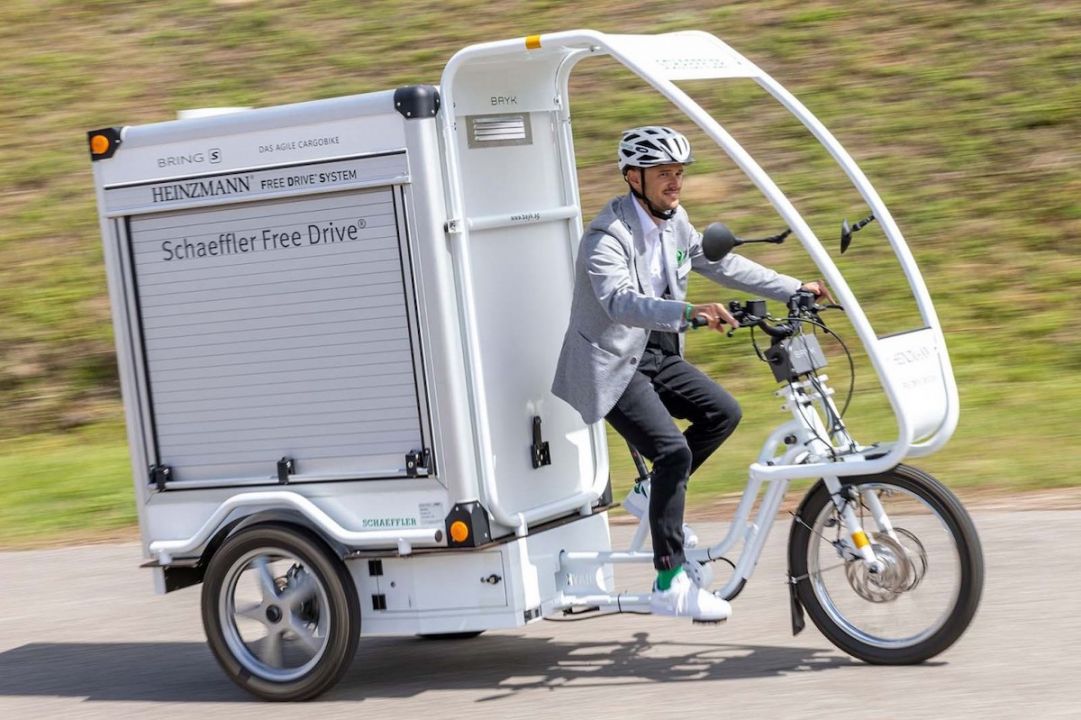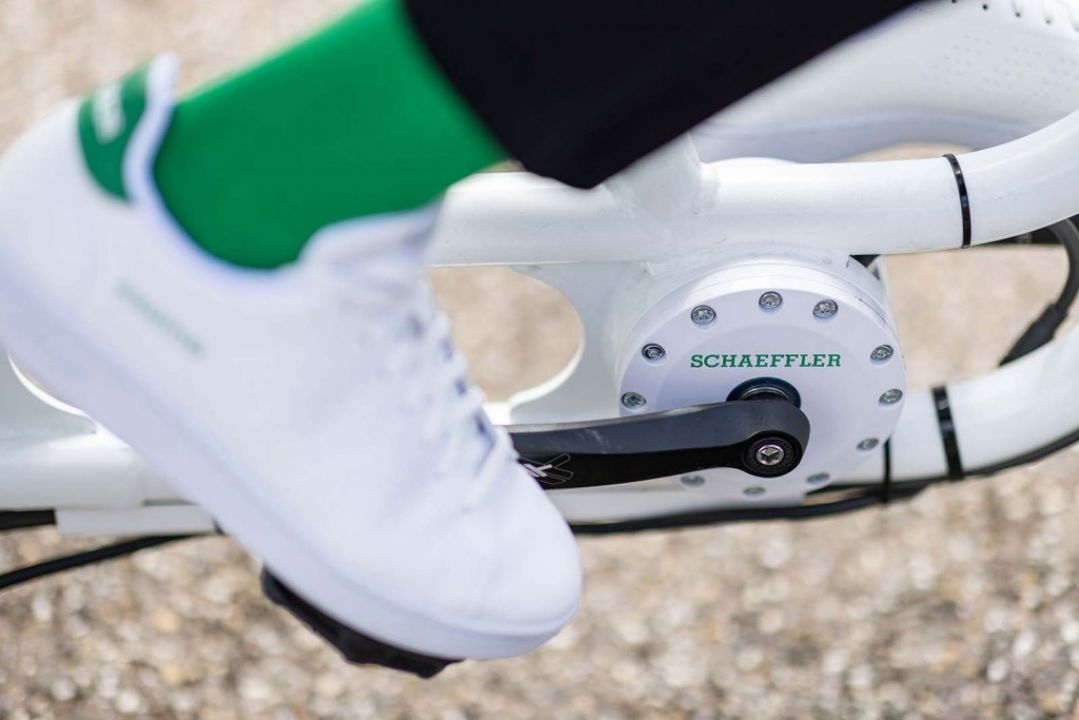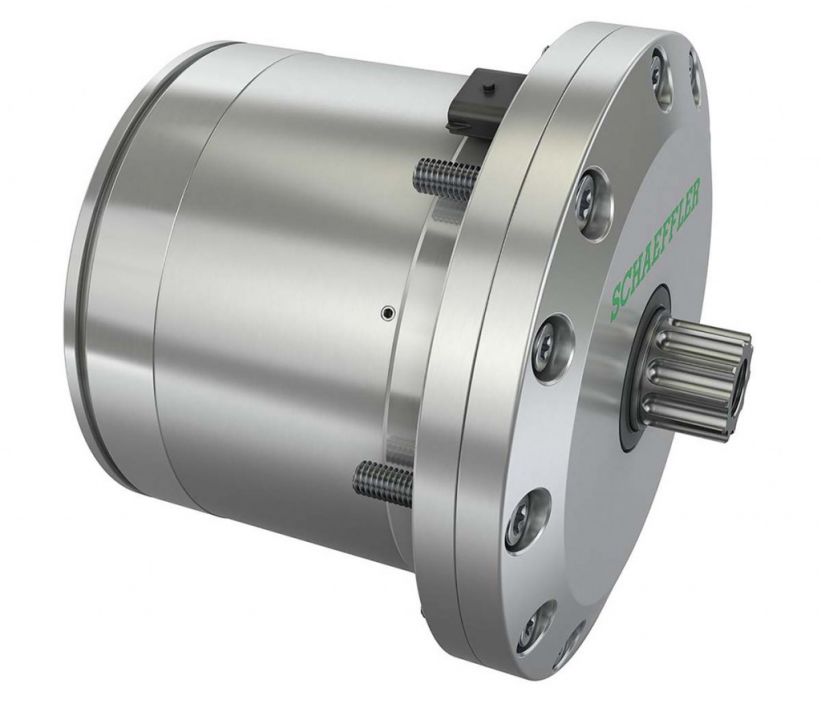Revolutionary ‘pedal-by-wire’ drivetrain eliminates the need to unchain your e-bike
It replaces the traditional chain with a electronic system, with initial tests set to happen in Germany



A pair of German e-bike providers have partnered up to introduce the world’s first ‘chainless’ drivetrain unit for electric bikes.
Dubbed the “Free Drive”, the system has been made a reality by bike drivetrain providers Heizmann in tandem with engineering magnates Schaeffler. It was first previewed in 2021 and was highlighted as having a main focus on cargo e-bikes, such as those used by delivery riders, and now full-scale production has begun.
You may be wondering how an e-bike would work without a set of chains binding the various sections of the e-bike together, such as the pedals and the rear wheel. The solution is an electronic pedal-by-wire system, which acts as a direct replacement for the bike’s chain by using digital technology to replace a ‘physical’ link.
The Free Drive is also a hybrid system, and consists of a battery, drive motor, human machine interface (HMI) and pedal generator.
The pedal generator is provided by Schaeffler and, instead of rotating the cog to wind the chain, creates resistance at the pedal to provide electrical drive to the motor in the rear-wheel hub.
Meanwhile, the motor has a peak power output of 250 watts, with any excess energy generated used to charge the e-bike's battery reserves. This is also the current legal power output limit allowed in the UK, so the system does comply with regulations.
It’s also worth noting that the Free Drive is not to be confused with some of the e-bikes found elsewhere in Europe that utilise motorbike-esque throttles.
The hybrid system here continues to use pedals to power the wheels, but the substantial difference here is that the power generated is sent to the wheels as electricity via the wire, replacing the chain in the process. This is crucial towards the system being UK compliant.
Since there is no physical connection like most riders are used to, Schaeffler says the pedal movement requires much less physical effort than traditional, chain-led drivetrains.
Both firms have stated that the main advantage of their Free Drive system is that, since it doesn’t require a belt, chain, gear rings or sprockets, will be less likely to suffer from mechanical wear when compared to a traditional chain unit.
The HMI link also means the various ride modes and gear settings can be access and altered using the software provided.
The other big consideration here for the future is the number of design-related possibilities a chainless e-bike could open up, since the way they tend to be modelled is heavily orchestrated by the physical connection between the chain and the rest of the bike. This could lead to endless possibilities if it were to become widely adopted.
Regarding the Free Drive, Schaeffler’s Head of e-mobility, Jochen Schröder, said: “The system opens up completely new possibilities in bike architecture and pedal configuration – including designs with two, three or four wheels, with or without a roof.”
German brand CIP Mobility is the first to place orders for the Free Drive, with its plan to equip the system with its all-new Mocci Smart Pedal Vehicles. These are cargo e-bikes tailored to urban delivery tasks, and will be a good demonstration to see the Free Drive’s capabilities.
Schaeffler and Heinzmann will look to expand its Free Drive sales over the coming months, as the duo hope to truly revolutionise e-bike journeys in the near future.
